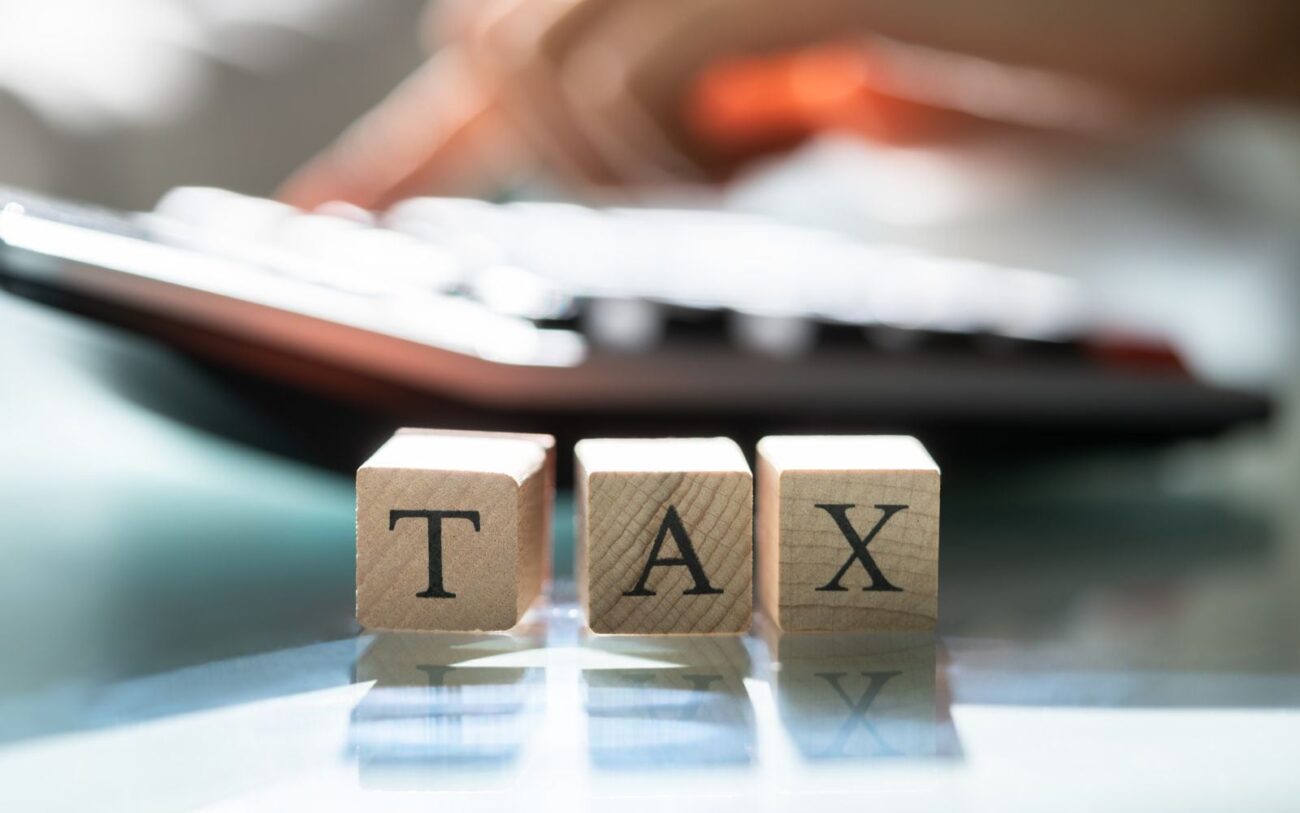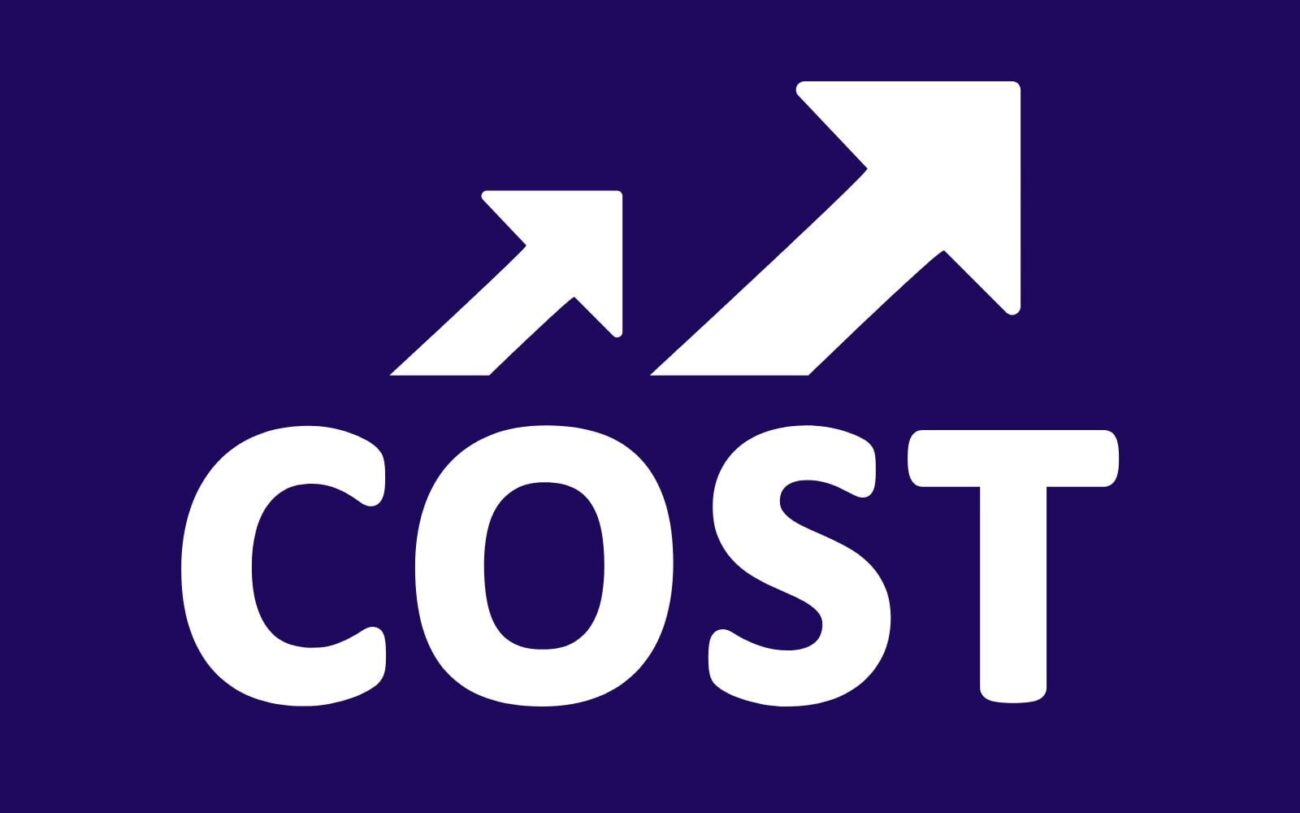To learn more about capital allowances and to lean on our expertise, please get in touch...
Conclusion: Importance of capital allowances in business
Capital allowances allow businesses to maximise their tax relief
Capital allowances are an important tax relief for businesses. It can help them to reduce their taxable profits and lower their tax liability. But companies must understand which capital expenditures are eligible for capital allowances and how to claim them. The process of making a claim can be complex and businesses need to seek the advice of a qualified tax professional. This ensures compliance with tax regulations and claims the maximum amount of relief available. Capital allowances are a valuable way for businesses to reduce their tax burden and unlock new opportunities for growth and success.
Get in touch with our expert team to ensure your capital allowance claim is completed correctly...
Latest News
-
 15 November 2024
15 November 2024Specialist CA Tax Advice for Accountants
At CARS, we’ve been providing expert support and advice for accountants for years. We understand that in the fast-paced world of accounting, keeping up with every aspect of tax legislation can be a daunting task. For accountants, Capital Allowance (CA) tax relief is an area that holds significant... -
 8 November 2024
8 November 2024Understanding Research and Development Allowances (RDAs) on Capital Expenditure
Innovation is a beacon of progress, driving companies toward success and relevance. The pivotal role of Research and Development (R&D) in fostering innovation is recognised and, as a result, incentives are offered to businesses through mechanisms like Research and Development Allowances (RDAs). Understand...
Contact Us
Our expert team are here to help answer any of your capital allowances questions or enquires you have about your commercial property.









